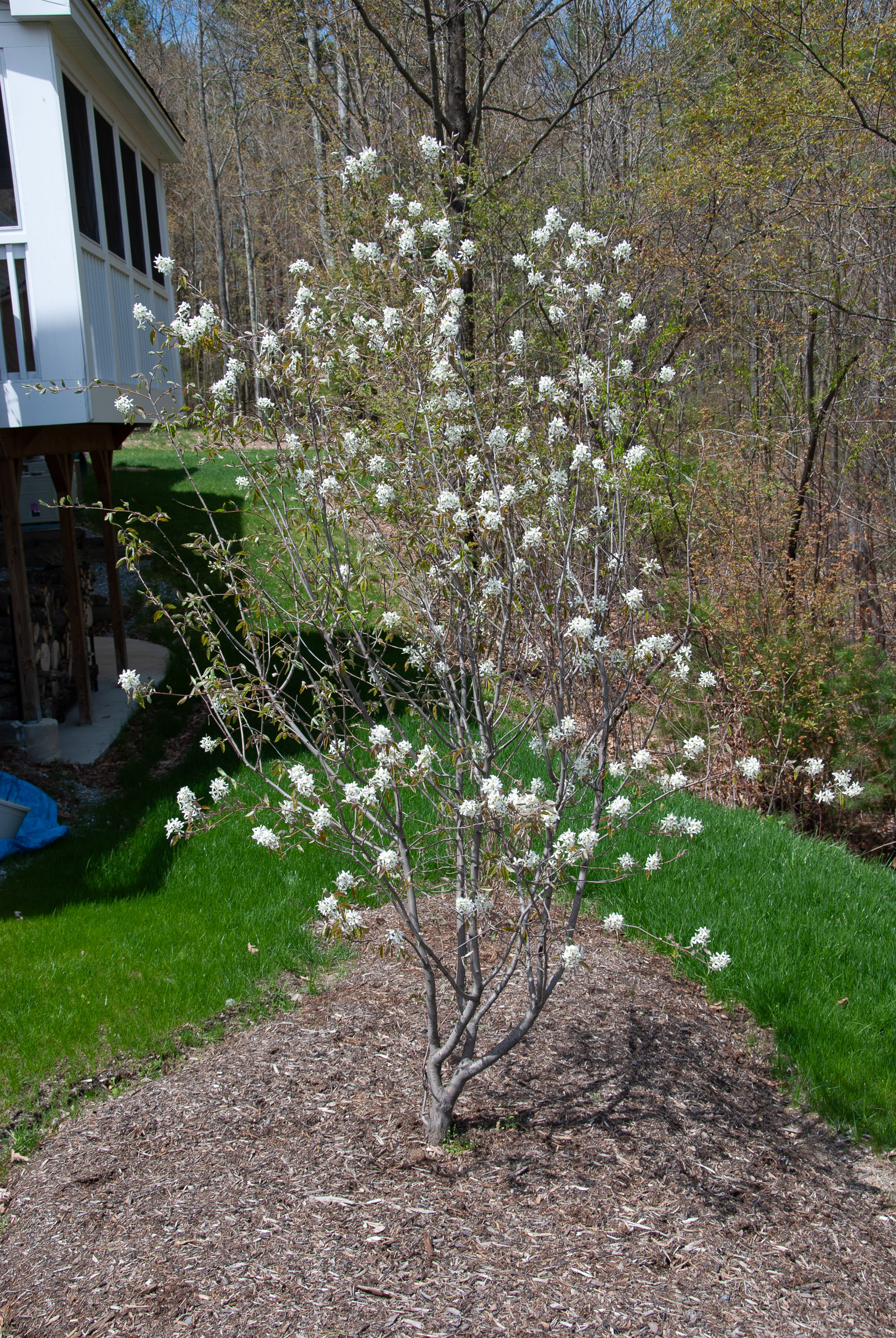
Amelanchier canadensis ‘Lamarckii’ (Clumping serviceberry)
Amelanchier species, hybrids, & cultivars ; Juneberry, Serviceberry, Shadblow : Foliage: yellow, orange, or red (best fall color on 'Autumn Brilliance' -red) Amsonia tabernaemontana & 'Montana'. Collinsonia canadensis : Northern Horse Balm . Yellow : Conoclinium coelestinum (Eupatorium coelestinum) Blue Mistflower :
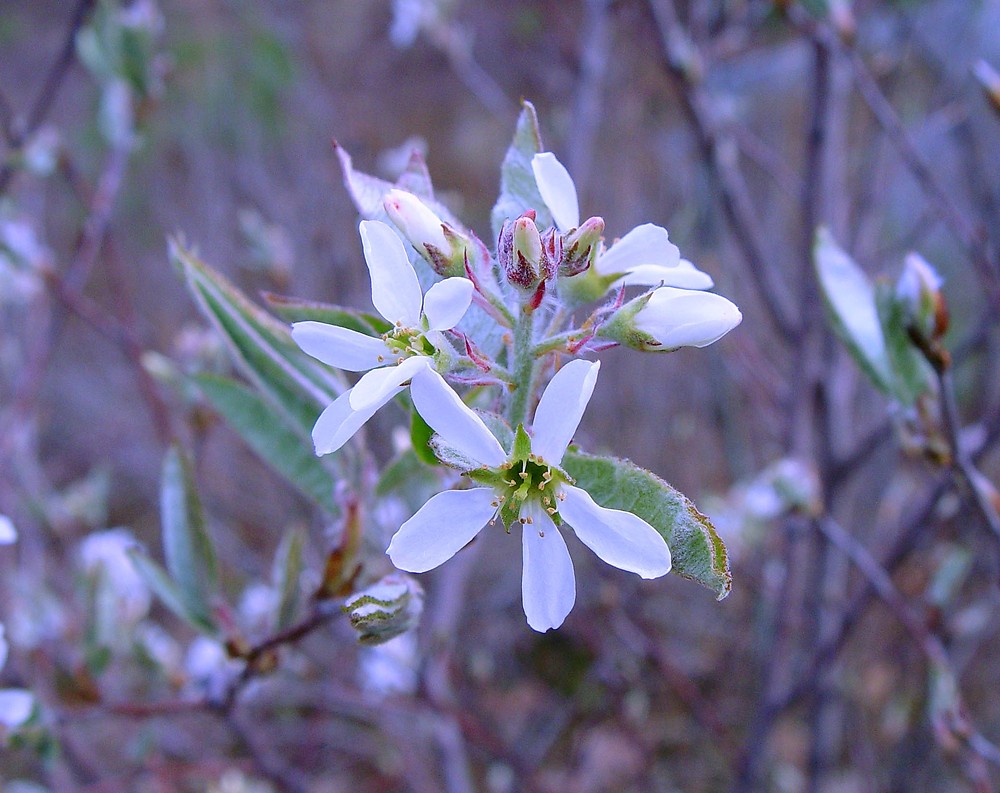
Amelanchier canadensis (Canada serviceberry, eastern shadbush) Go Botany
Amelanchier canadensis 'Trazam' Tradition®. Common name: Tradition® shadblow serviceberry. Family: Rosaceae (rose family) Synonym: Amelanchier × grandiflora 'Tradition'. Distribution: Species native to e. North America (chiefly Coastal Plain) Hardiness: USDA Zone 3. Life form: Deciduous tree. Comments: A tree developing a strong central.
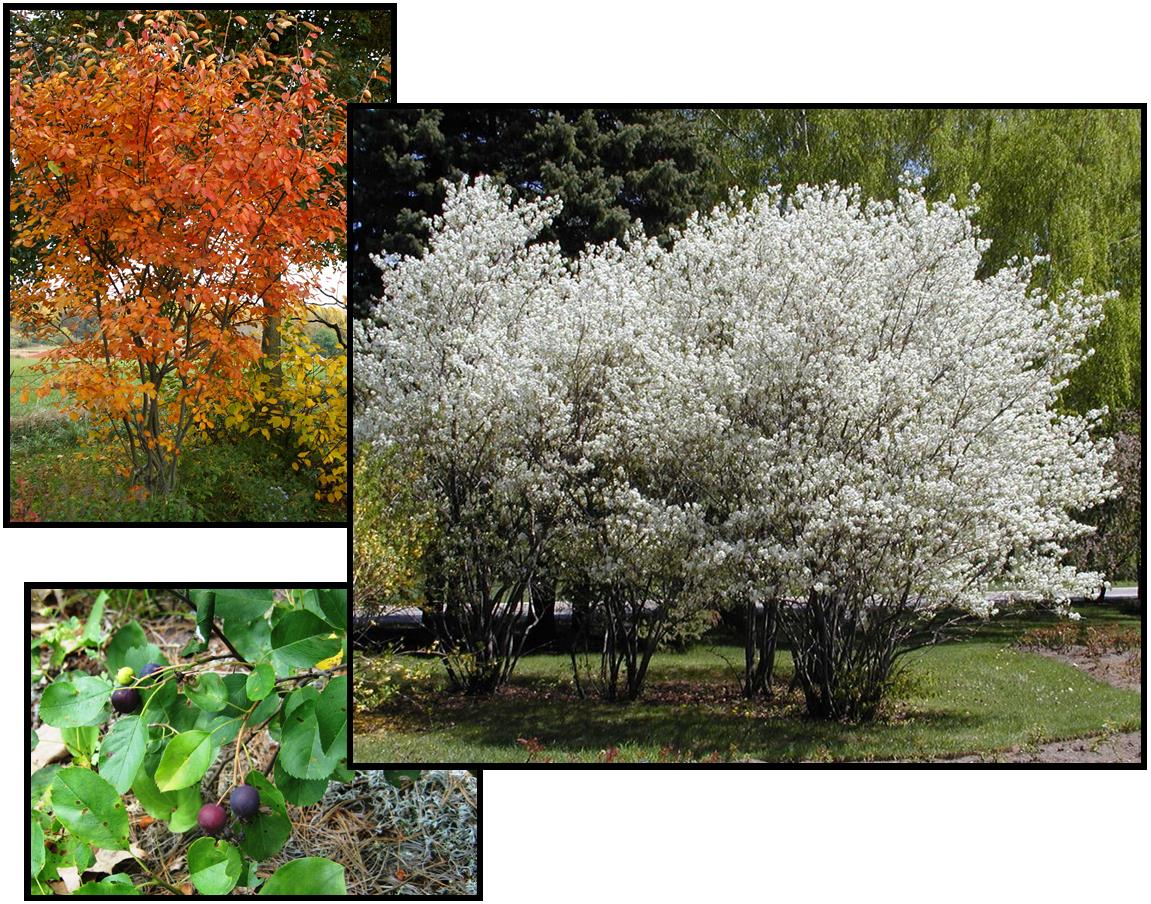
SHADBLOW SERVICEBERRY Hinsdale Nurseries to Hinsdale Nurseries
Amelanchier canadensis occurs primarily on the East coast of North America and it ranges as far north as the Ontario and Quebec provinces of Canada and as far west as Mississippi. [19] Uses It is used as a medicinal plant, [20] food, [21] and ornamental plant. [22] It is sometimes made into bonsai.
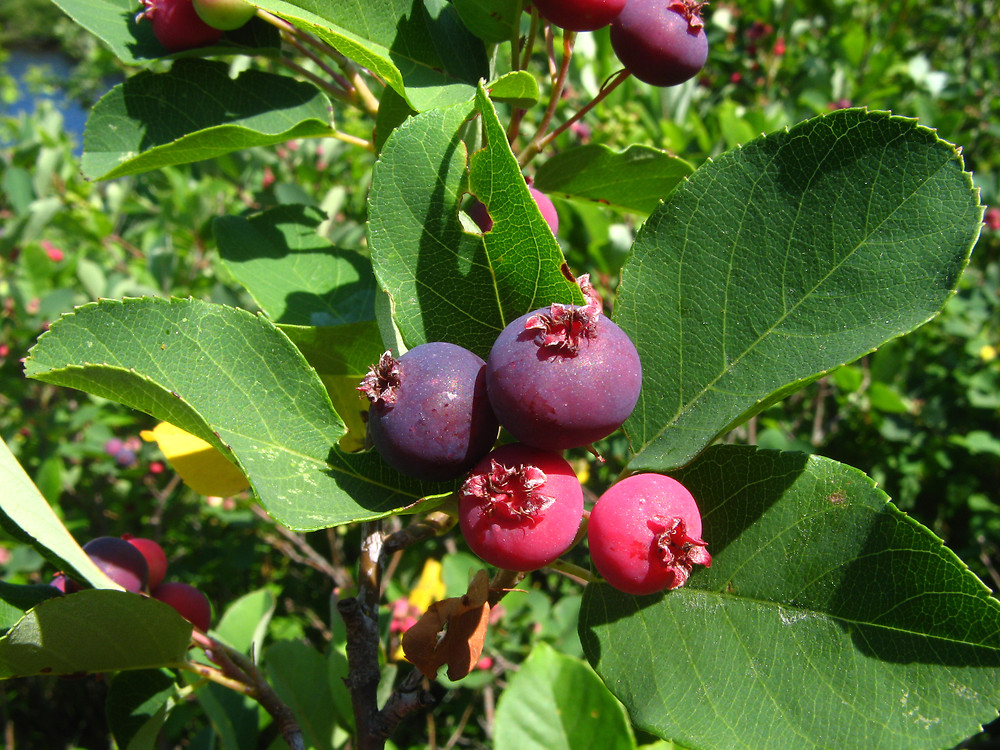
Shadblow Serviceberry (Amelanchier canadensis)
Downy serviceberry, is a deciduous tree in the Rosaceae (rose) family, native to eastern North America, and found throughout North Carolina. It typically grows on wooded slopes and cliffs, open woods, wooded bluffs, rocky woodlands, limestone glades, riverbanks, and edges of swamps. It is not frost tender.
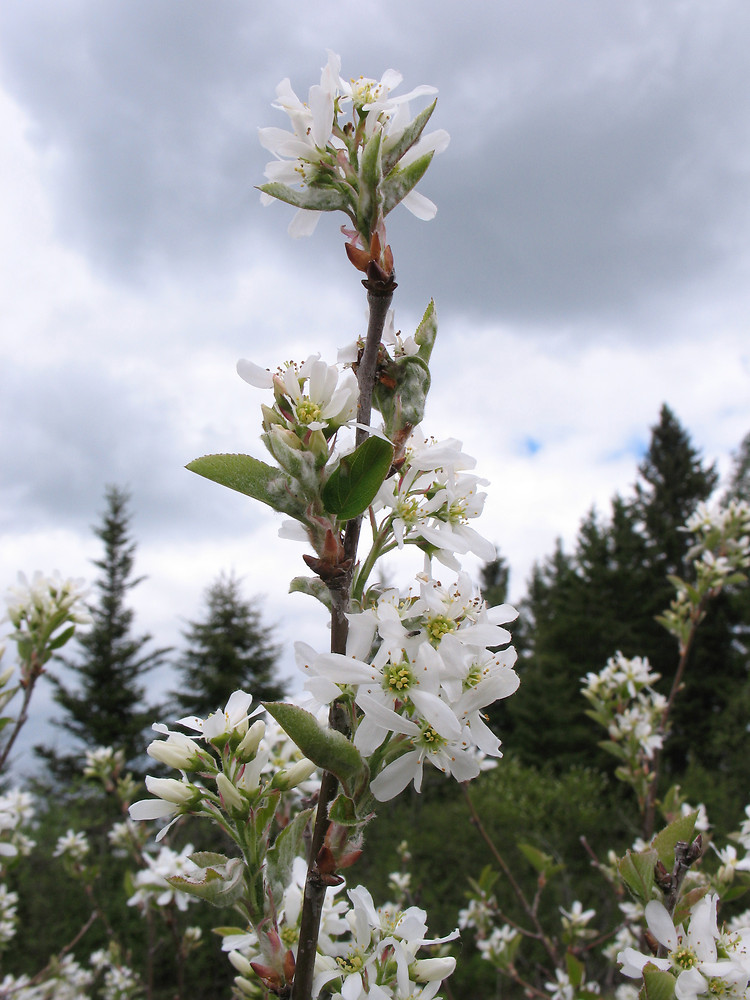
Amelanchier canadensis (Canada serviceberry, eastern shadbush) Go Botany
Details Germination Code M Life Cycle Perennial Sun Exposure Full, Partial Soil Moisture Medium-Wet, Medium, Medium-Dry Height 20 feet Bloom Time April, May Bloom Color White Advantages USDA Zones 3-8 Plant Spacing 5-10' Catalog Code AME01T You May Also Like Rosa carolina

Buy Shadblow Serviceberry FREE SHIPPING Wilson Bros Gardens 3
Shadblow Serviceberry Tree (Amelanchier canadensis) - 5 Gallon Pot. A four season attraction in the landscape, the Shadblow Serviceberry is a North America native beauty that can be grown as a large multi-stem shrub or lower branches can be removed to form a very attractive single or multi trunk small tree. In early spring, snowy white flowers.

Amelanchier canadensis (lamarckii) amelanchier Du Canada / Shadblow
Amelanchier Canadensis, commonly known as the Shadblow Serviceberry, is a deciduous shrub or small tree that belongs to the Rosaceae family. It is native to North America and can grow up to 20 feet tall. The plant bears white, five-petaled flowers that bloom in early spring and produce small, edible berries that resemble blueberries.

Juneberry (Amelanchier canadensis) The HUDSON RIVER PARK Companion
Amelanchier canadensis (Canadian Serviceberry) is a dense, upright, multi-stemmed large shrub or small tree with a delicate, dome-shaped crown. In mid-spring, attractive erect sprays of small, slightly fragrant, white, star-shaped flowers emerge just before the leaves.

Amelanchier canadensis Shadblow Serviceberry Catskill Native
Description Shadblow Amelanchier canadensis - Serviceberry or Juneberry This native tree is a fruit bearing flowering shrub or tree is also called Juneberry, shadbush, shadblow and May cherry. These native fruiting trees can be grown as a multi-stemmed shrub or small flowering tree growing to 20 to 30 foot height range with a 10 to 15 foot spread.
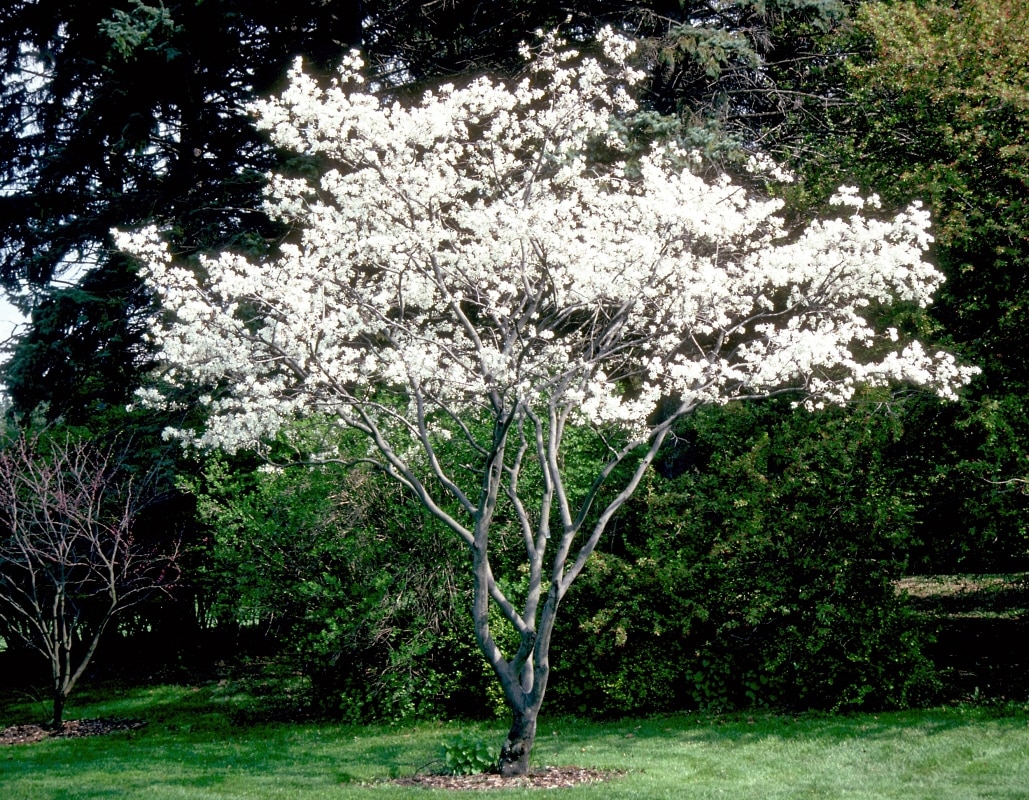
Amelanchier Canadensis Shadblow Serviceberry SiteOne
Scientific name: Amelanchier canadensis Pronunciation: am-meh-LANG-kee-er kan-uh-DEN-sis Common name (s): Shadblow serviceberry Family: Rosaceae USDA hardiness zones: 4A through 7B (Fig. 2) Origin: native to North America Invasive potential: little invasive potential Uses: specimen; deck or patio; container or planter

Amelanchier canadensis Shadbush claytonsnatives Flickr
Amelanchier canadensis Shadblow Serviceberry, Thicket Serviceberry Rosaceae Habitat native to Maine and down through the Carolinas zone 3 naturally occurs in wet sites, bogs, and swamps Habit and Form deciduous large shrub or small tree usually pruned up like tree to view bark multi-stemmed 6' to 20' tall suckers at base medium texture

Amelanchier, A Very Tasty Wild Edible Fruit Eat The
Amelanchier canadensis 'Sprizam' Spring Glory(R) shadblow serviceberry. Family: Rosaceae (Rose Family) 232; Genus:. Compared to A. arborea and A. laevis, the flower petals of A. canadensis are slightly shorter and much more strongly obovate. Bark is grey and smooth. Reddish purple, conical buds. Ecological Functions:

Photo of the bloom of Shadblow Service Berry (Amelanchier canadensis
Shadblow Serviceberry - Amelanchier canadensis Rose Family (Rosaceae) Introduction: Shadblow serviceberry is a dense multistemmed shrub or small tree that can reach 20 feet tall. It offers showy white flowers in spring, and is the most winter hardy of the serviceberries. Culture: Shadblow serviceberry should be grown in full sun or light shade.
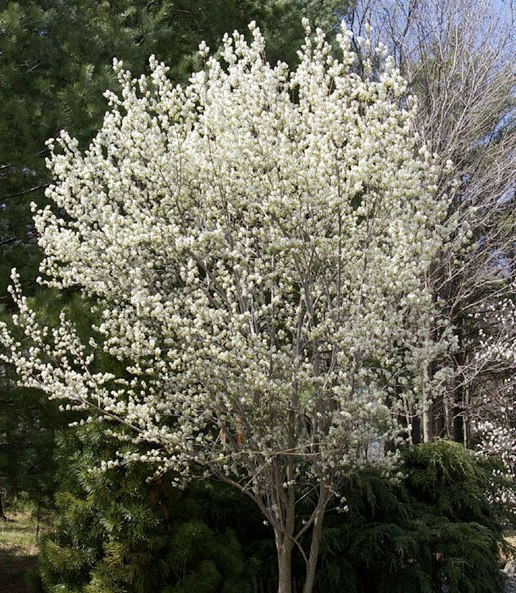
Amelanchier canadensis The Site Gardener
Amelanchier Amelanchier ( / æməˈlænʃɪər / am-ə-LAN-sheer ), [1] also known as shadbush, shadwood or shadblow, serviceberry or sarvisberry (or just sarvis ), juneberry, saskatoon, sugarplum, wild-plum [2] or chuckley pear, [3] is a genus of about 20 species of deciduous -leaved shrubs and small trees in the rose family ( Rosaceae ).

CANADIAN SERVICEBERRY Seeds (Amelanchier Canadensis) Price €1.95
However, A. canadensis, compared to A. arborea and A. laevis, is generally much more shrub-like (often forming thickets), flowers a week later, and produces upright flower clusters (as opposed to the pendulous racemes of A. arborea and A. laevis). The Shadblow Serviceberry is excellent for woodland plantings, naturalizing, and along stream and.

Amelanchier canadensis (Shadblow Serviceberry) Buy Native Plants
Amelanchier canadensis, commonly called shadblow serviceberry, is a deciduous, early-flowering, large shrub or small tree which typically grows 15-30' tall. Features showy, 5-petaled, slightly fragrant, white flowers in drooping clusters which appear before the leaves emerge in early spring.